Reportar esta entrada
Más sobre la misma comunidad-colección
JLEP A Christmas Fair 2016 - Feliz Navidad Y'all
Christmas Fair is Junior League's largest fundraiser. Money ...
JLEP A Christmas Fair 2016 - Feliz Navidad Y'all
Christmas Fair is Junior League's largest fundraiser. Money ...
JLEP A Christmas Fair 2016 - Feliz Navidad Y'all
Christmas Fair is Junior League's largest fundraiser. Money ...
JLEP A Christmas Fair 2016 - Feliz Navidad Y'all
Christmas Fair is Junior League's largest fundraiser. Money ...
JLEP A Christmas Fair 2017 - Merry and Bright
Christmas Fair is Junior League's largest fundraiser. Money ...
JLEP A Christmas Fair 2017 - Merry and Bright
Christmas Fair is Junior League's largest fundraiser. Money ...
JLEP A Christmas Fair 2017 - Merry and Bright
Christmas Fair is Junior League's largest fundraiser. Money ...
JLEP A Christmas Fair 2018 - Oh Deer Christmas is Here
Christmas Fair is Junior League's largest fundraiser. Money ...
JLEP A Christmas Fair 2018 - Oh Deer Christmas is Here
Christmas Fair is Junior League's largest fundraiser. Money ...
JLEP A Christmas Fair 2018 - Oh Deer Christmas is Here
Christmas Fair is Junior League's largest fundraiser. Money ...
JLEP A Christmas Fair 2018 - Oh Deer Christmas is Here
Christmas Fair is Junior League's largest fundraiser. Money ...
EPHP Towntalk Sports El Paso High school football media guide
The cover for the El Paso HeraldPost Towntalk Sports El Paso , ...
Memorial page in EPHP media guide
The tribute cover in memory of the Lives of the ones who were ...
August 3rd Community Memorial Service
The City of El Paso is hosted a Community Memorial Service to ...
August 3rd Community Memorial Service
The City of El Paso is hosted a Community Memorial Service to ...
Sunsets in El Paso at Southwest University Park
A look at the sunset from Southwest University Park
Tony the Tiger Sun Bowl game announcement
Press conference for the revealing of the new sponsor of the Sun ...
Tony the Tiger & Sun Queen Elizabeth Vega, El Paso TX 2019
Tony the Tiger and Sun Queen Elizabeth Vega and the Sun Princess ...
Ghanaian dancer Efe Plange at the El Paso Museum of History
Traditional Ghanaian dancer Efe Plange performs traditional ...
Ghanaian dancer Efe Plange at the El Paso Museum of History
Traditional Ghanaian dancer Efe Plange performs traditional ...
Ghanaian dancer Efe Plange at the El Paso Museum of History
Traditional Ghanaian dancer Efe Plange performs traditional ...
El Paso Community College 50th Anniversary Exhibition at EPMH
El Paso Community College (EPCC) celebrates their 50th ...
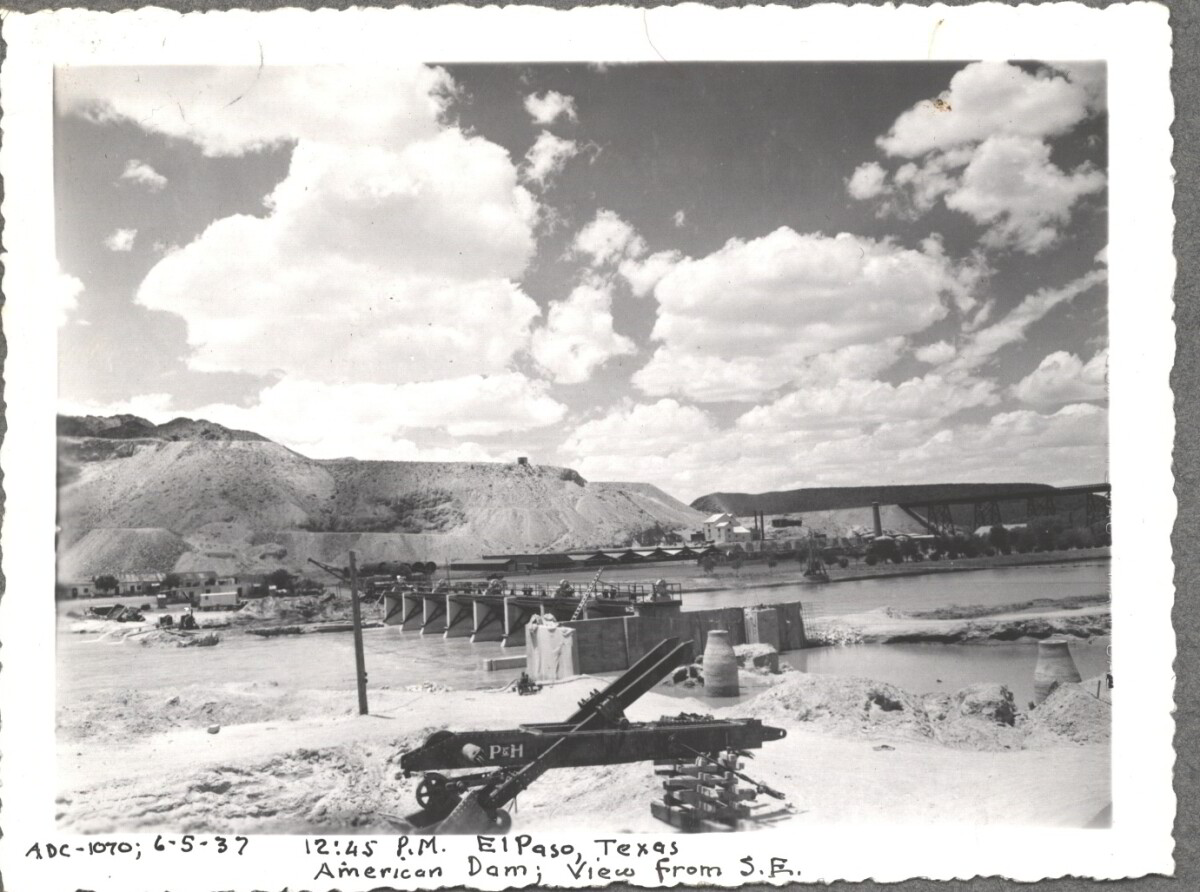
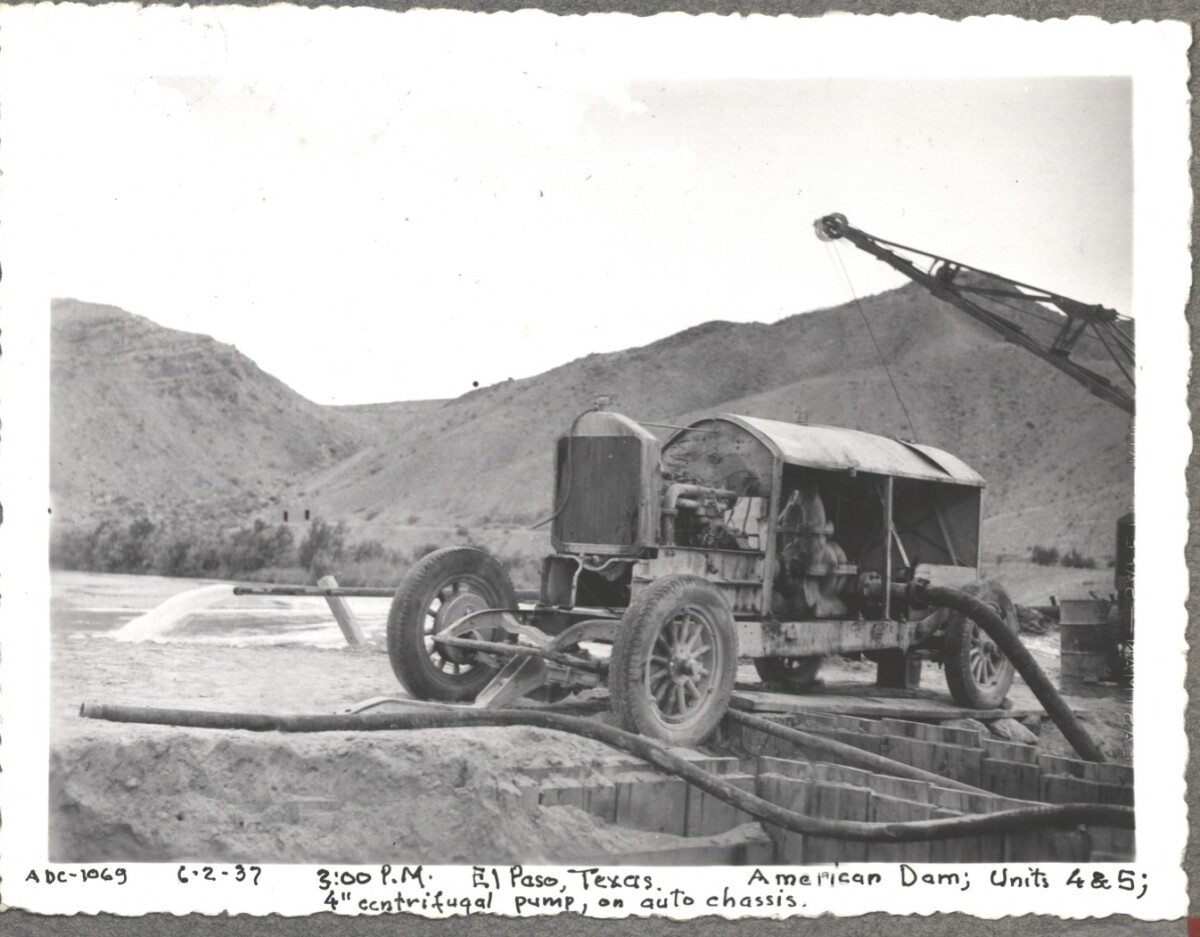

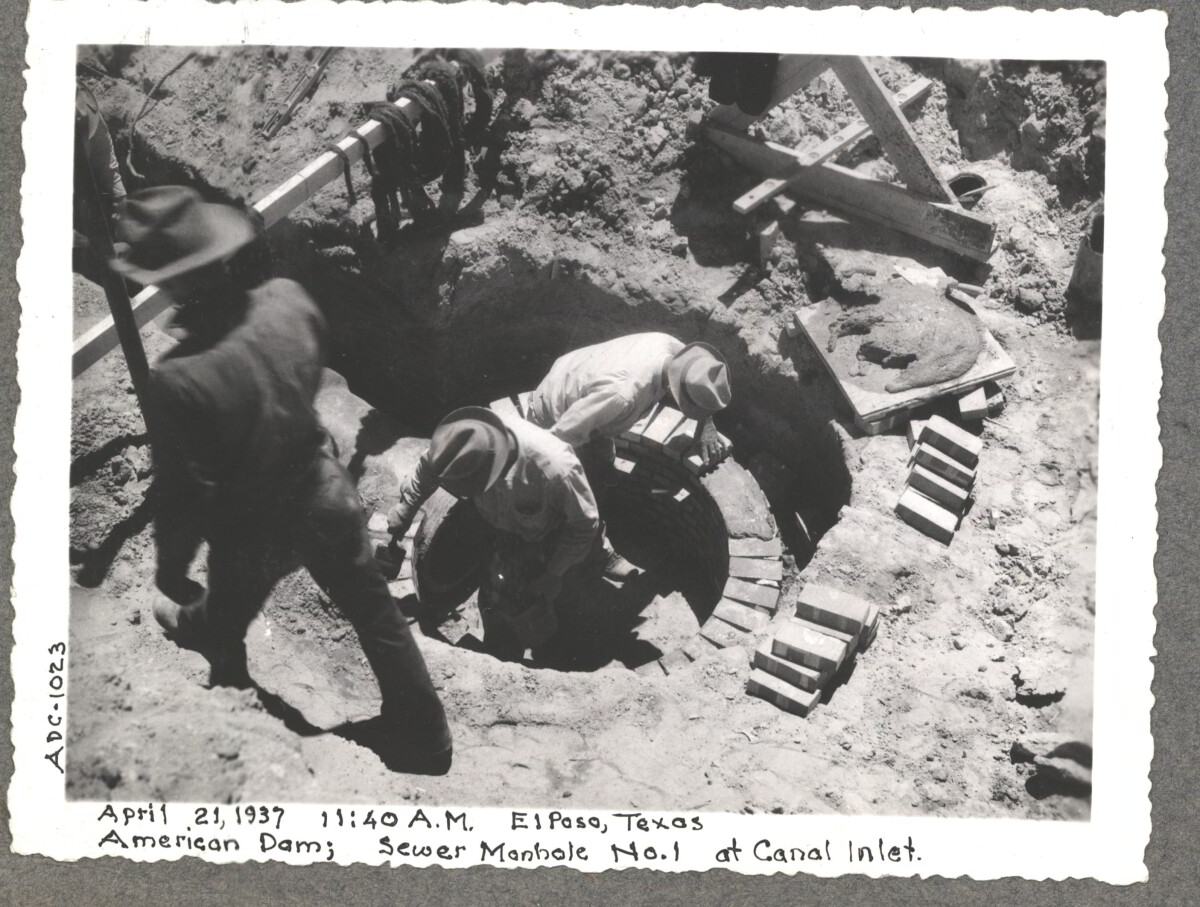
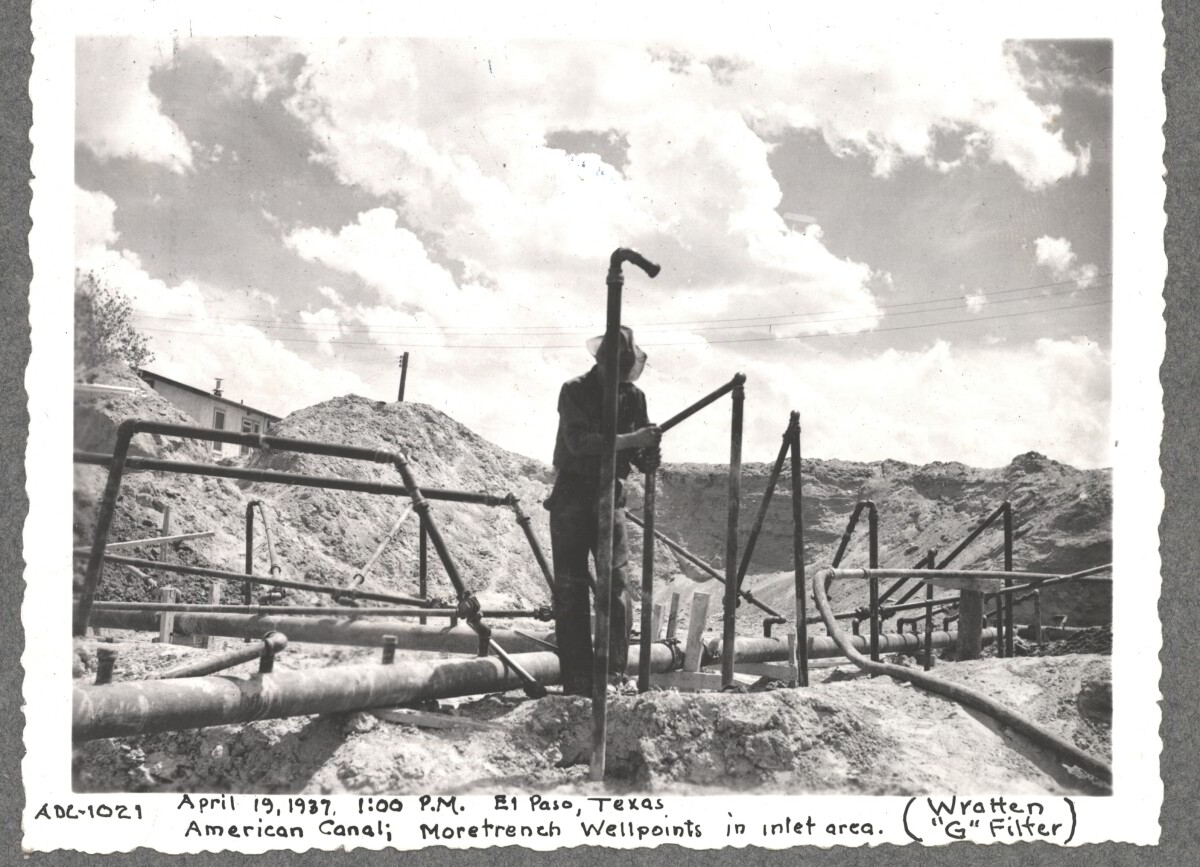
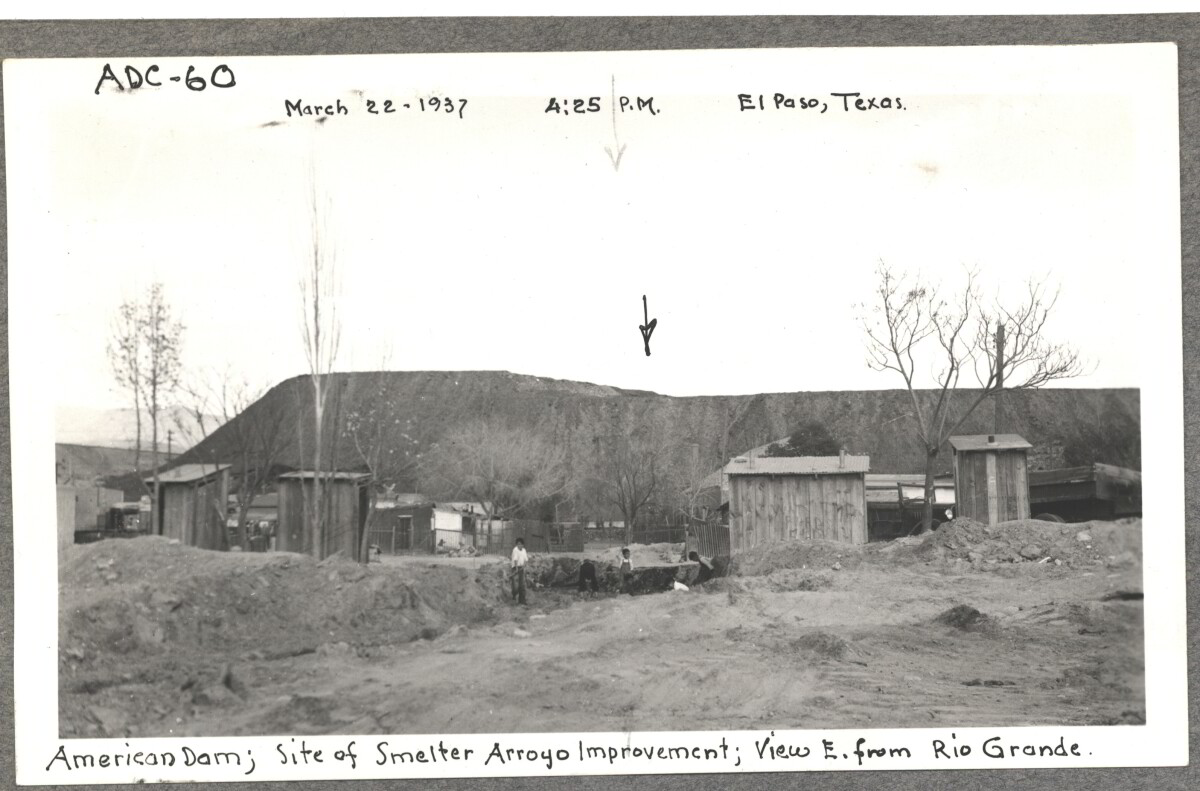
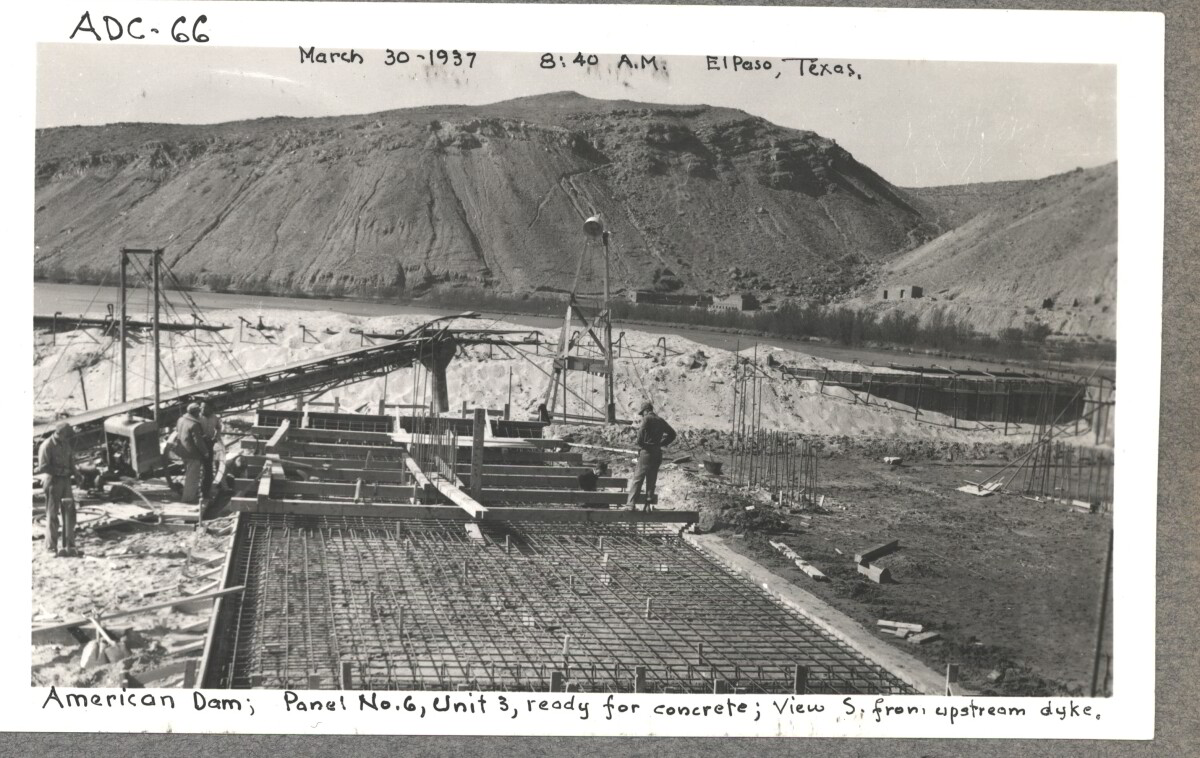
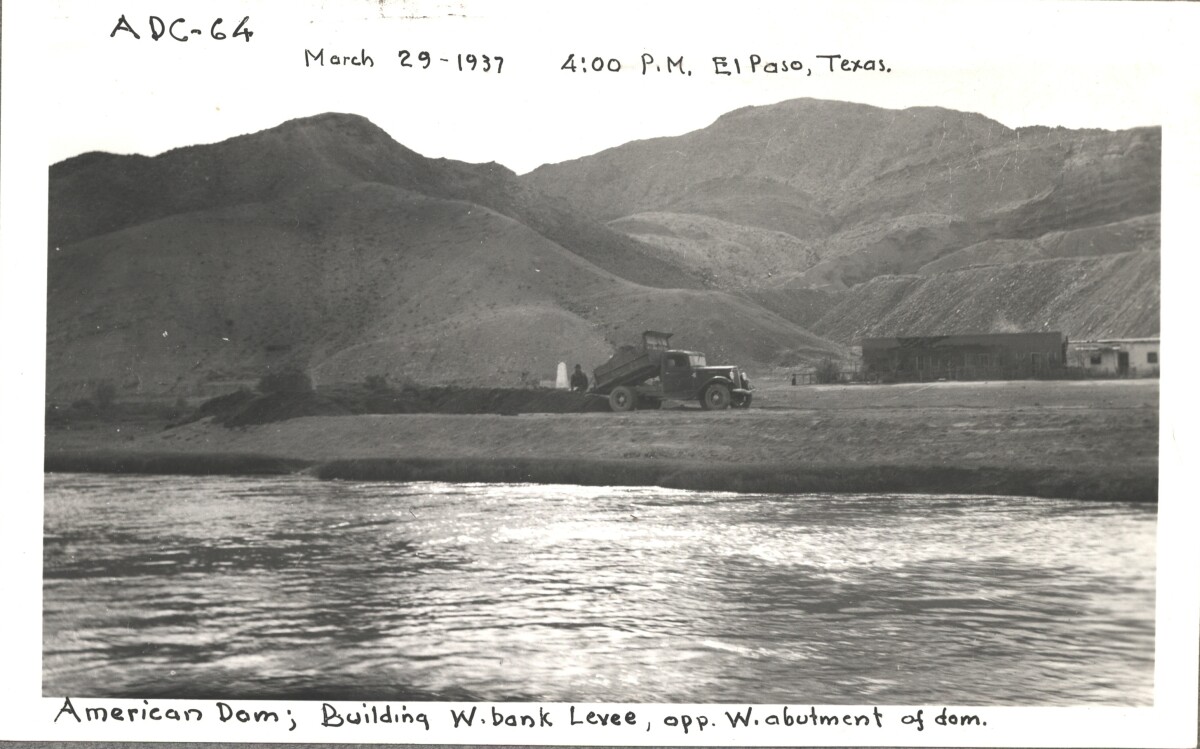
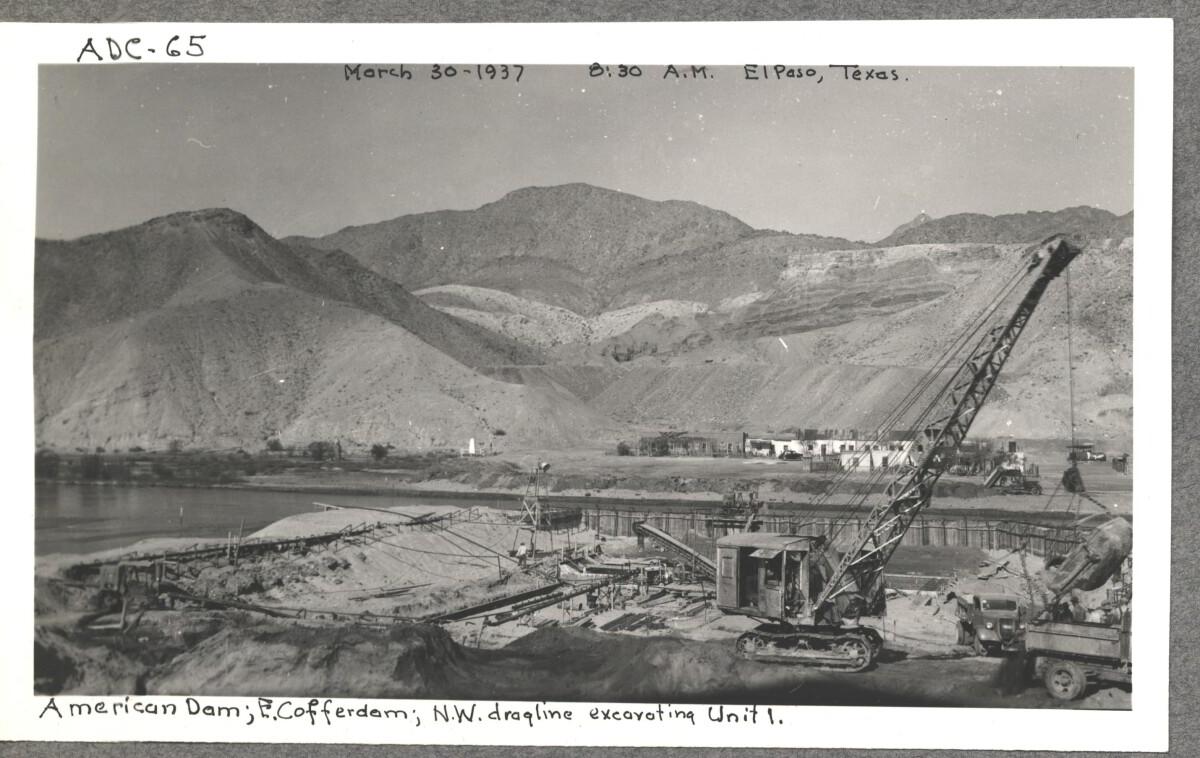
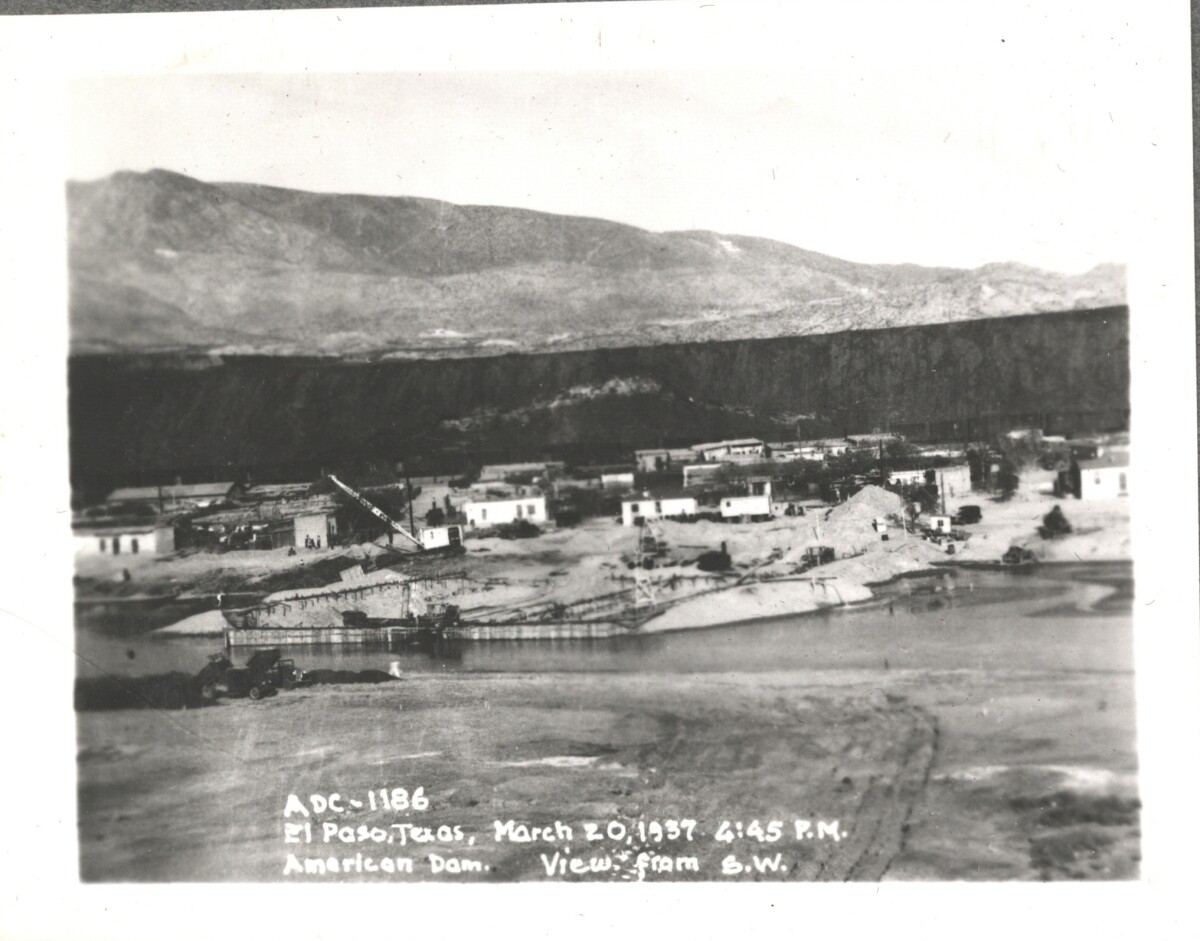
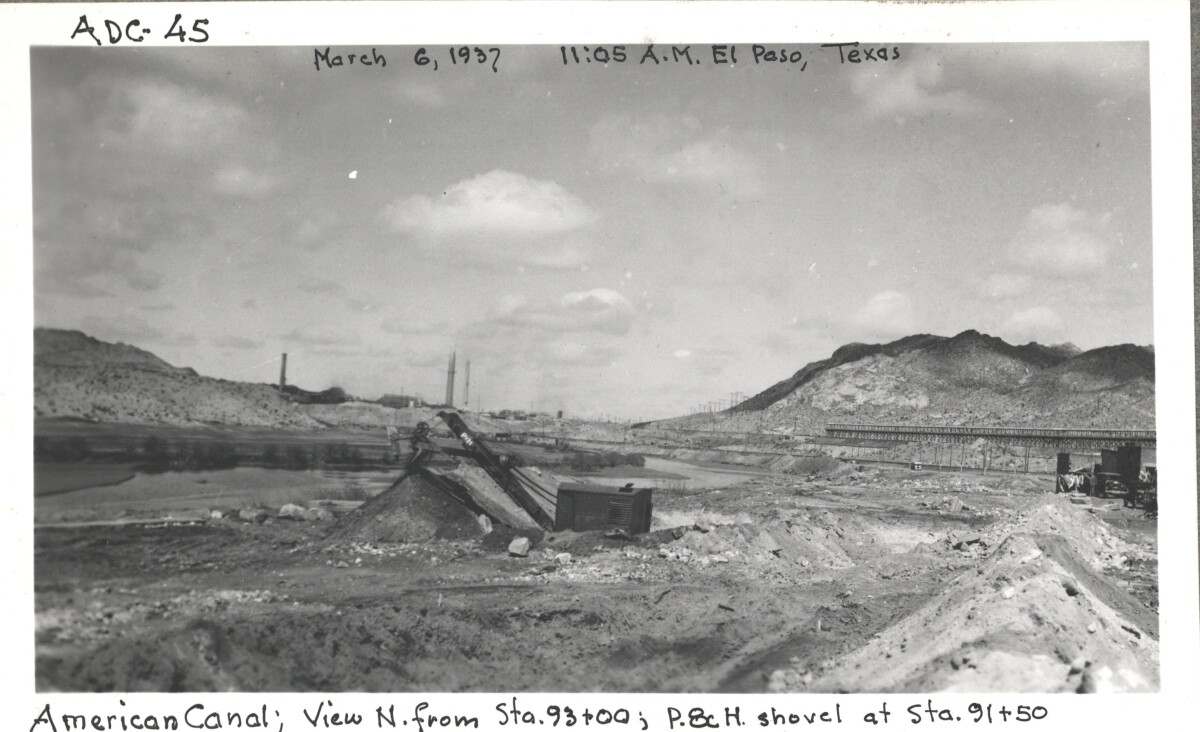
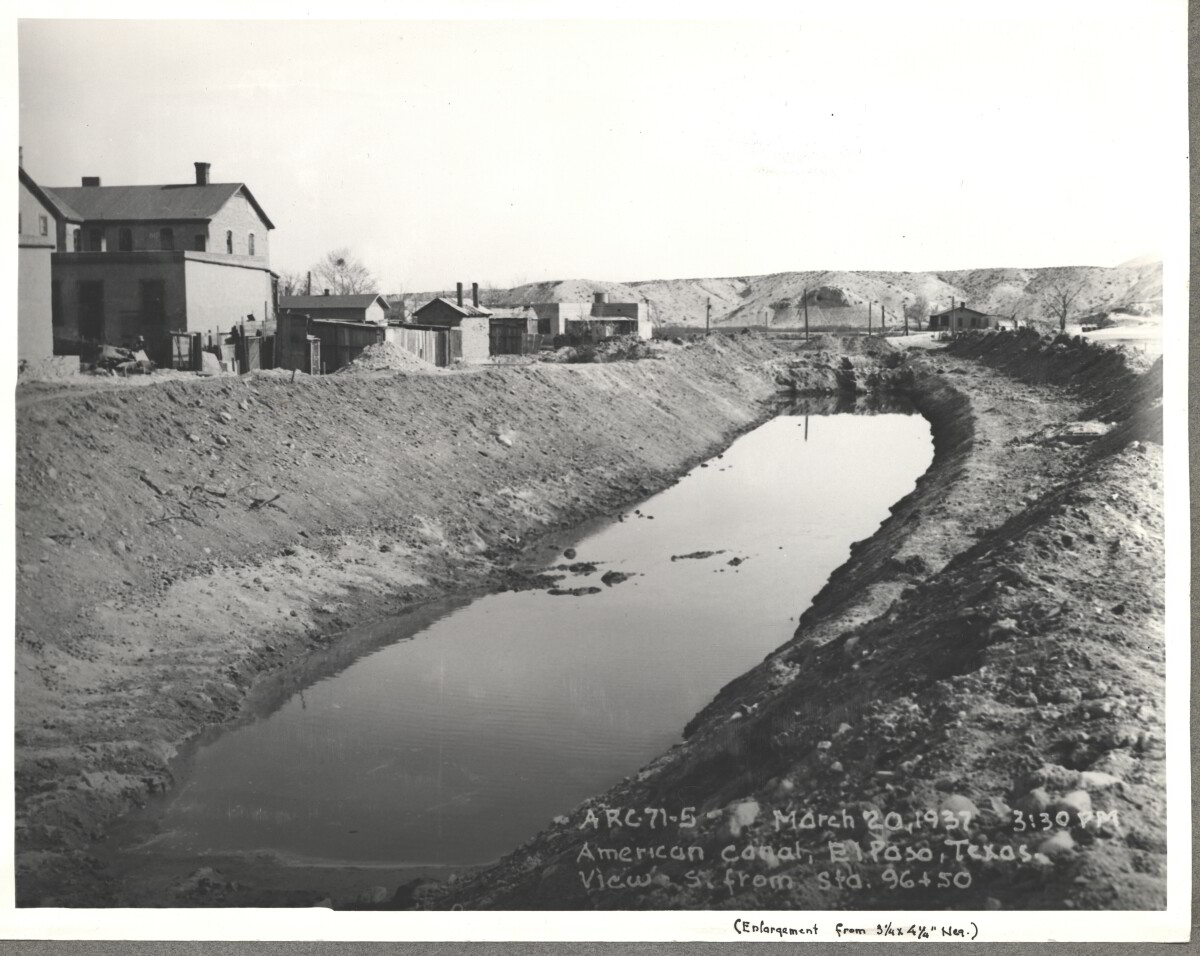
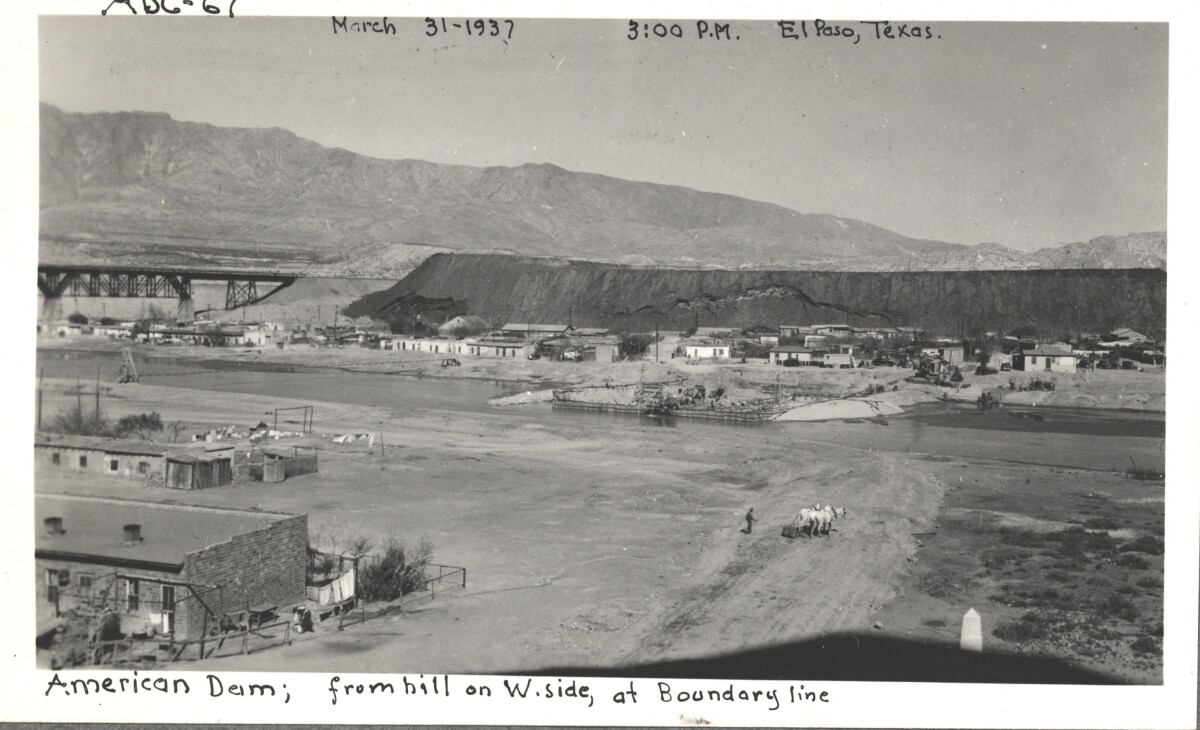
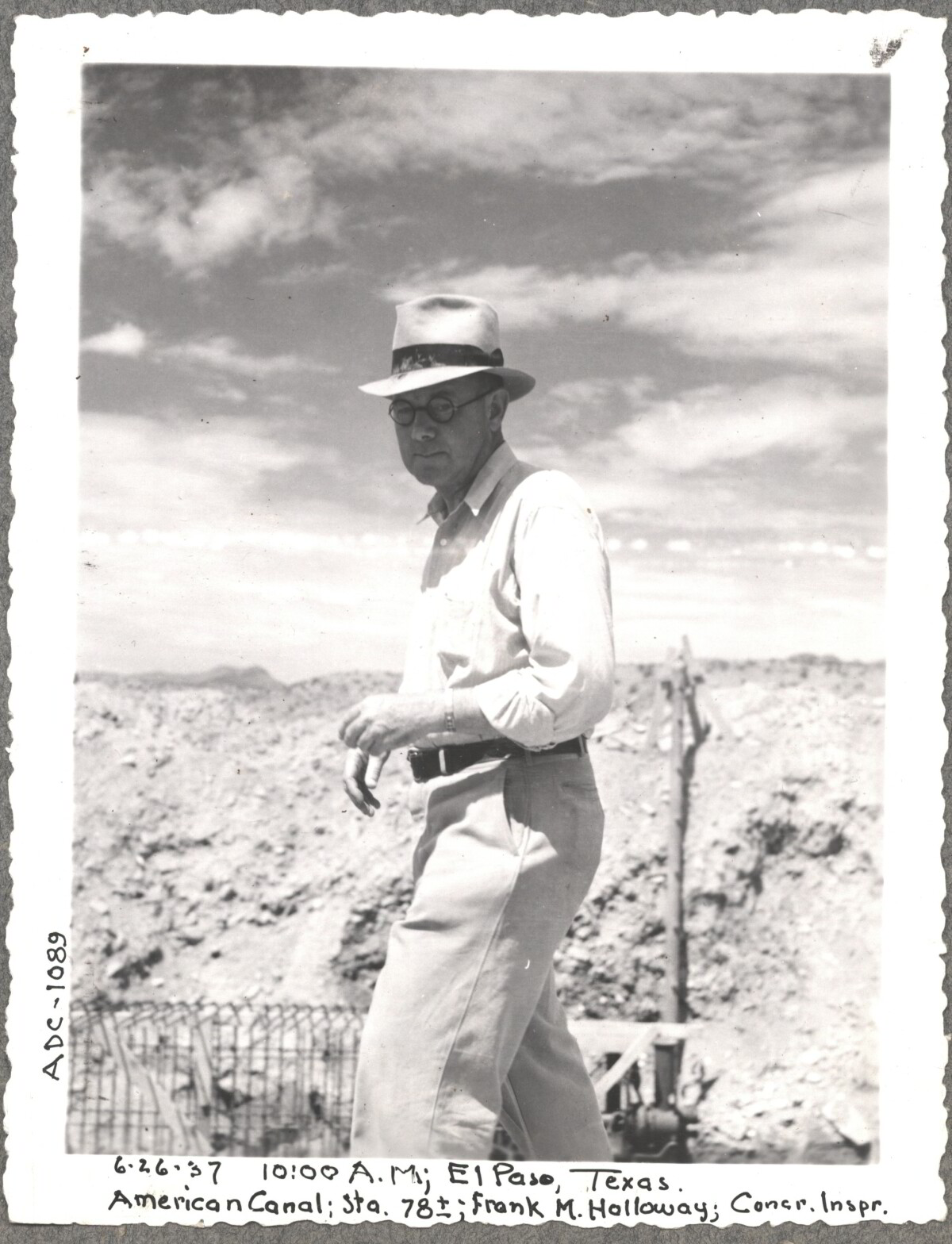
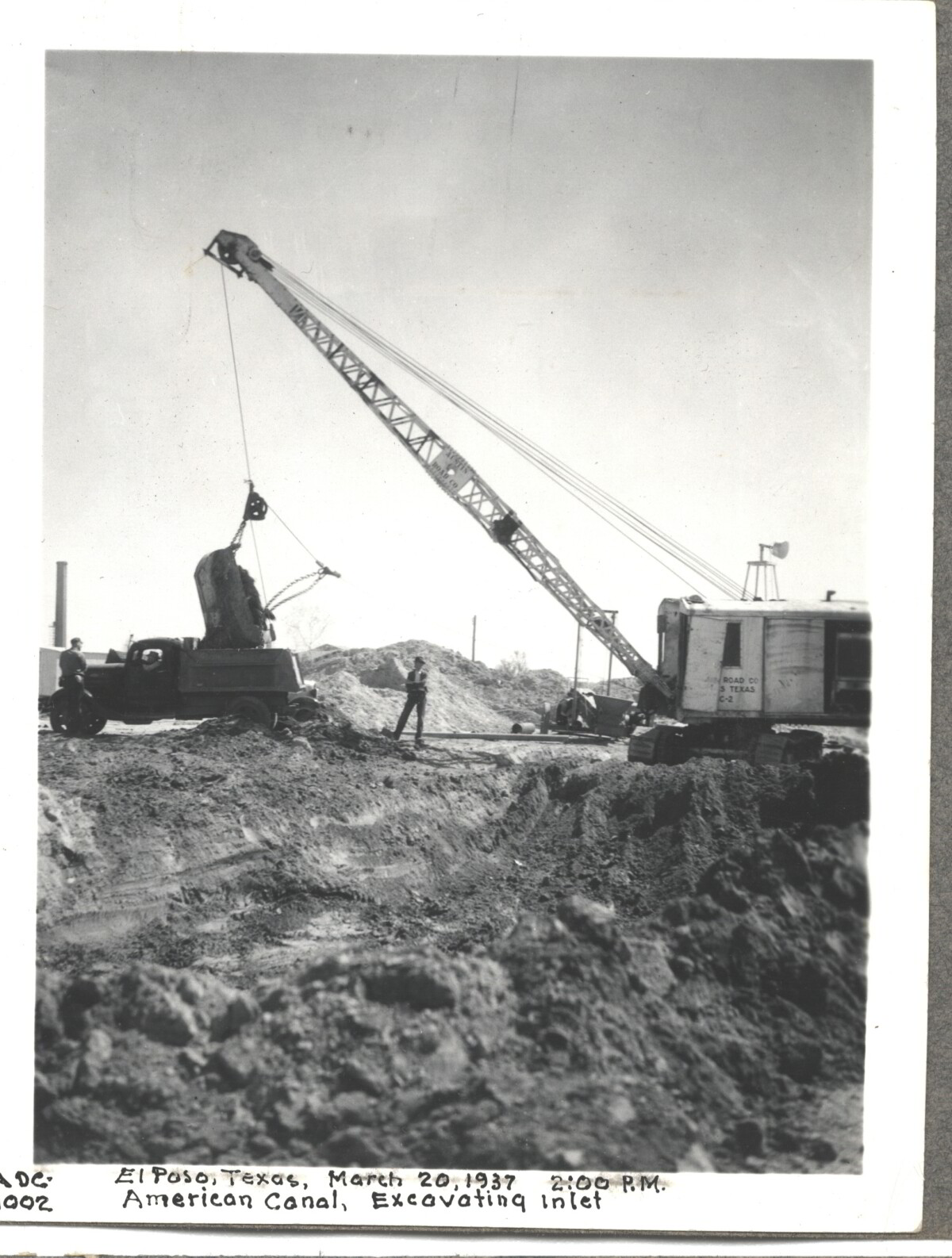
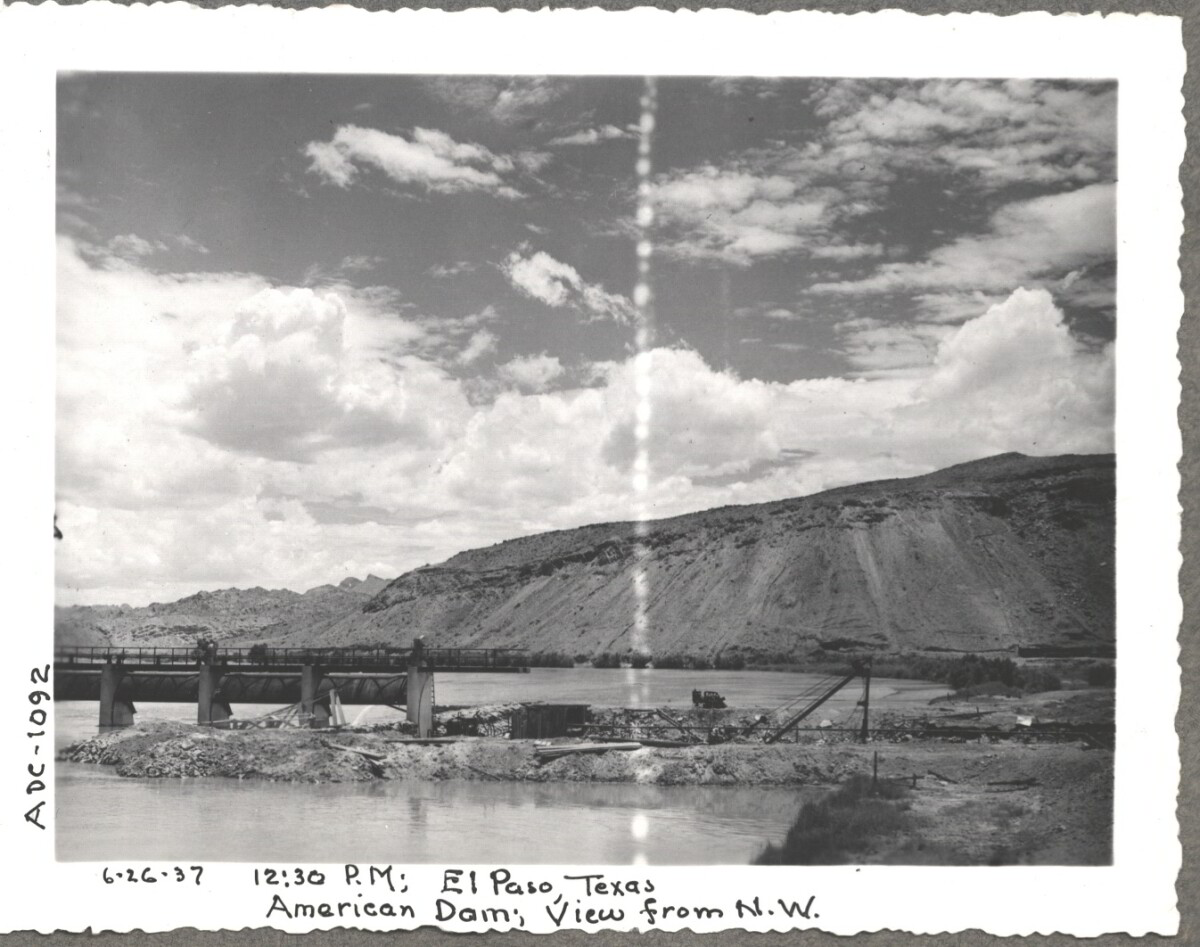
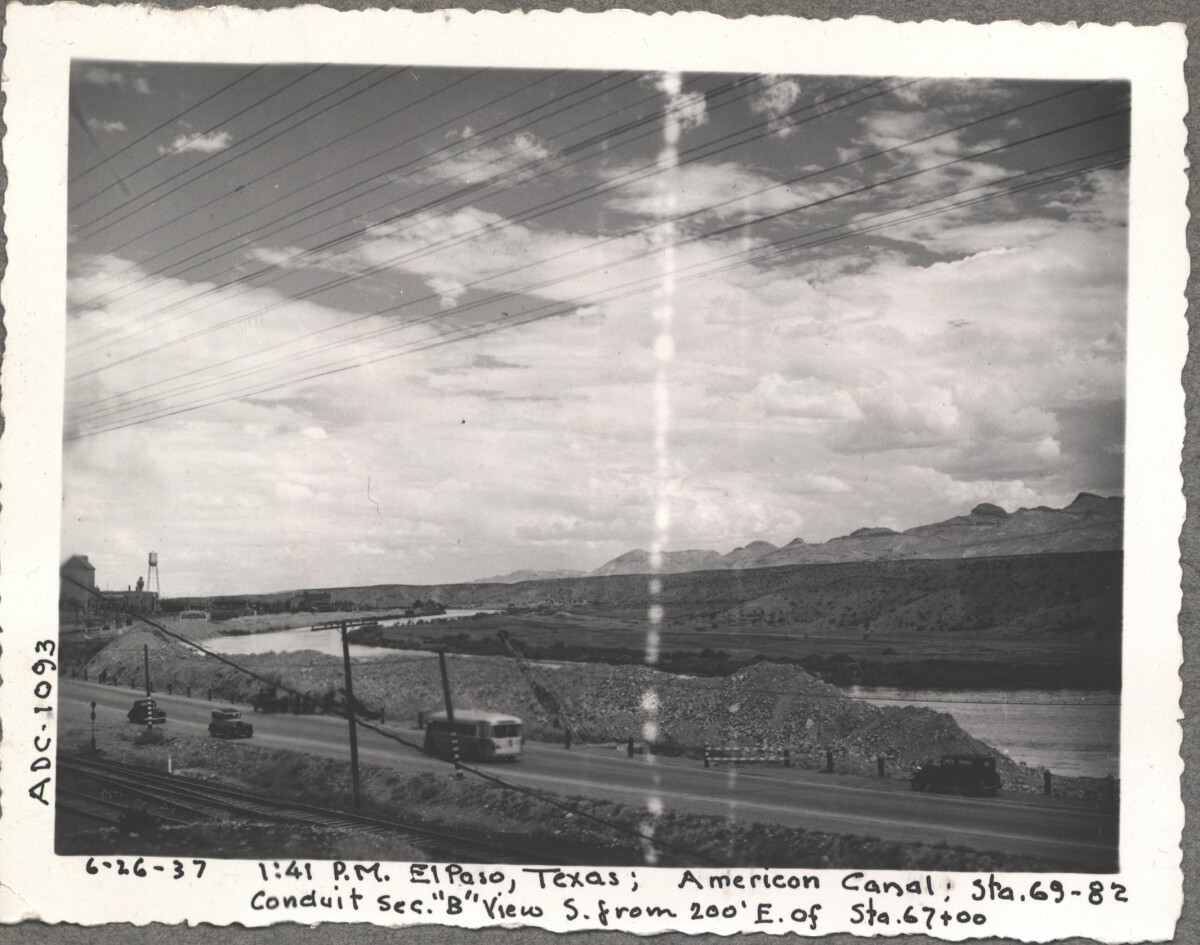
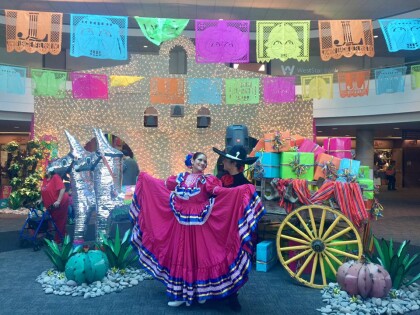
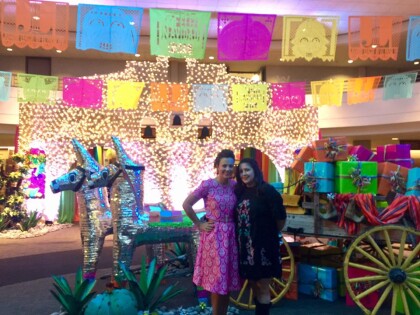





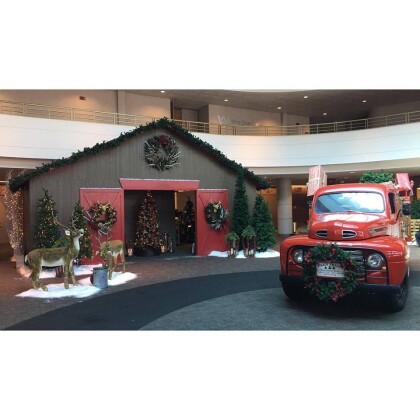

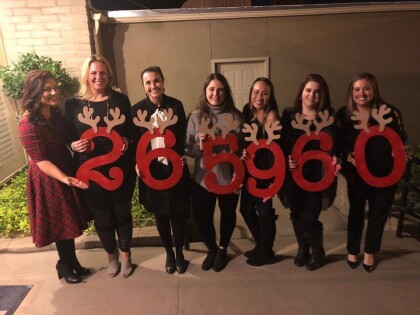


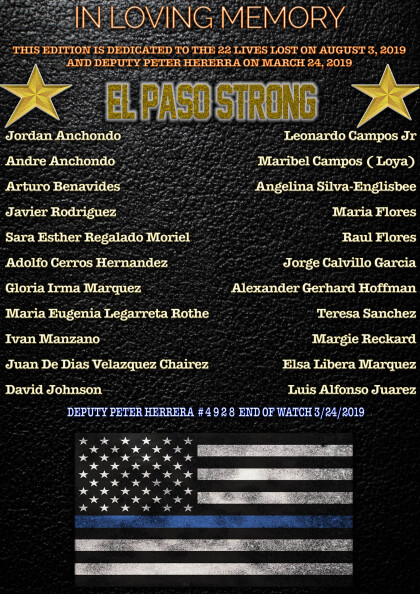


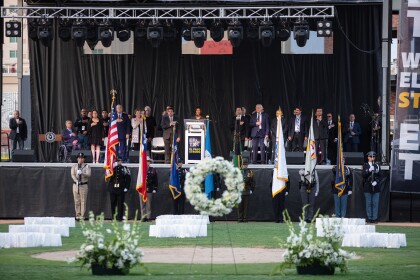
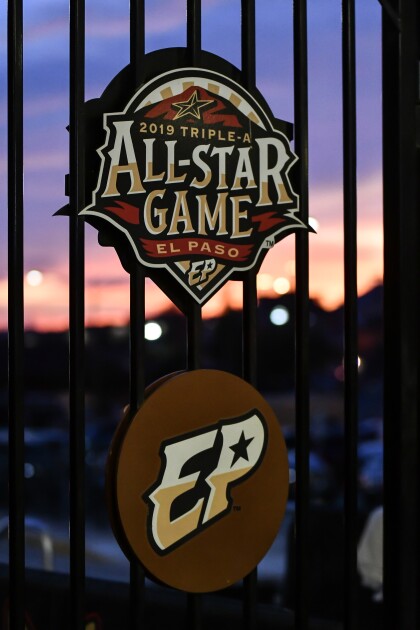


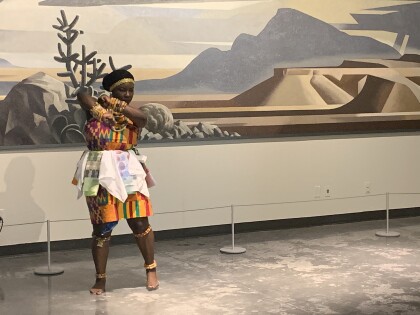
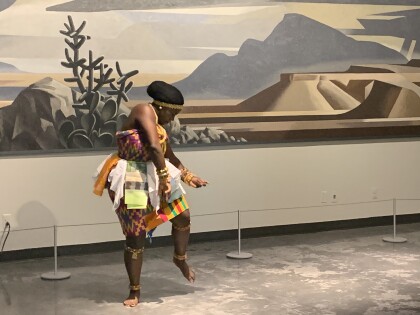
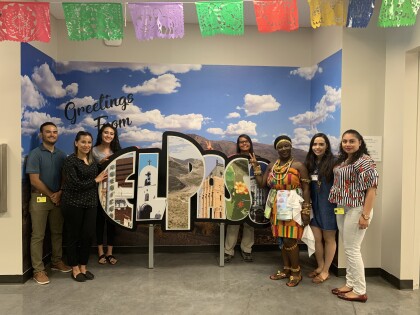
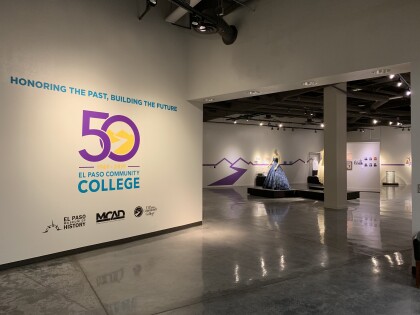
Comentarios
Hacer un comentario